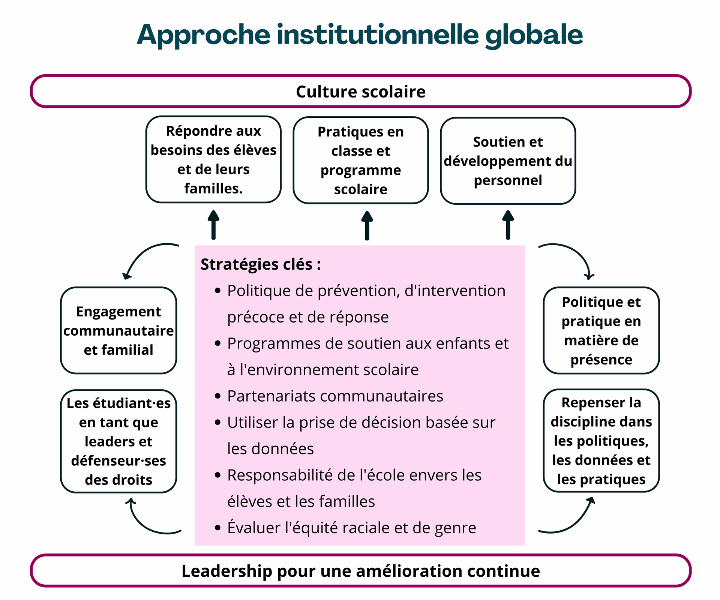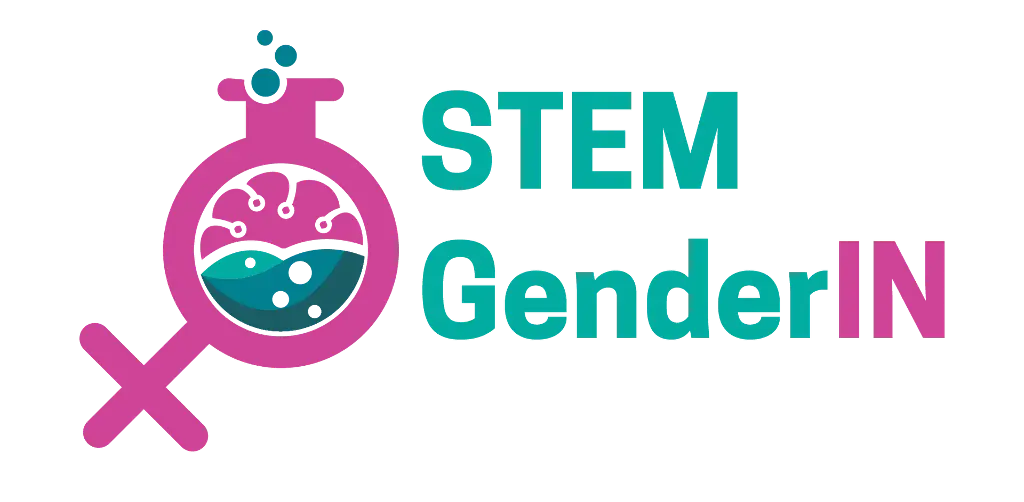What is a Whole-School approach?
What is a Whole-School approach?
“A Whole-School Approach is cohesive and collaborative action by a school community that is being strategically and continually constructed to improve student learning, behavior and wellbeing. Every school has different needs and starting points. The whole-school approach is a framework that can be used to assess what exists, create a plan to address gaps and identify measures of progress."
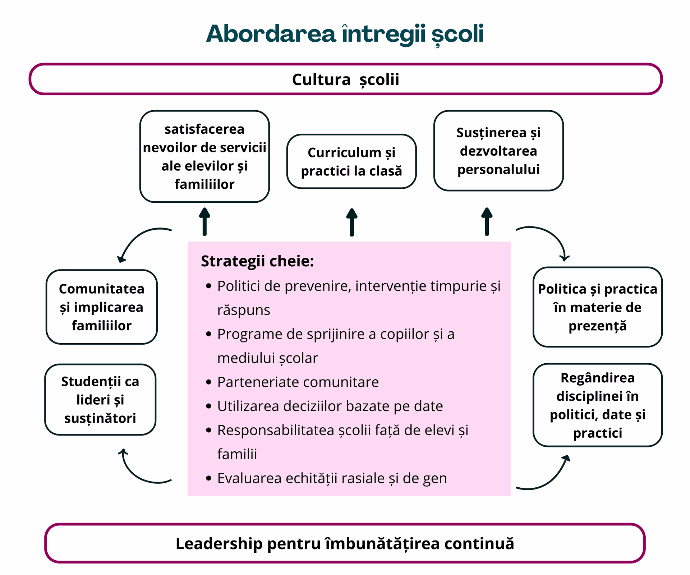
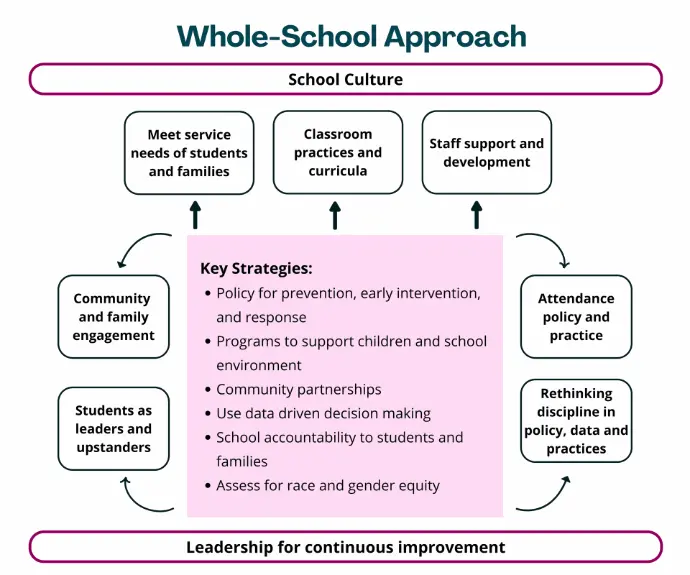
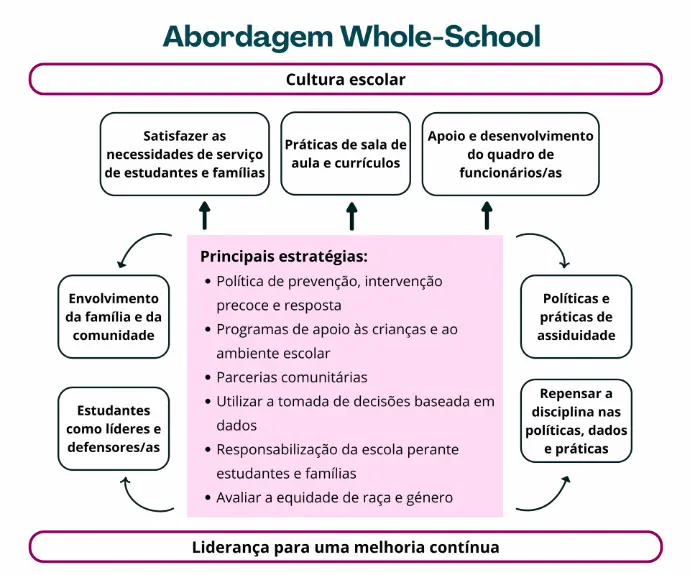
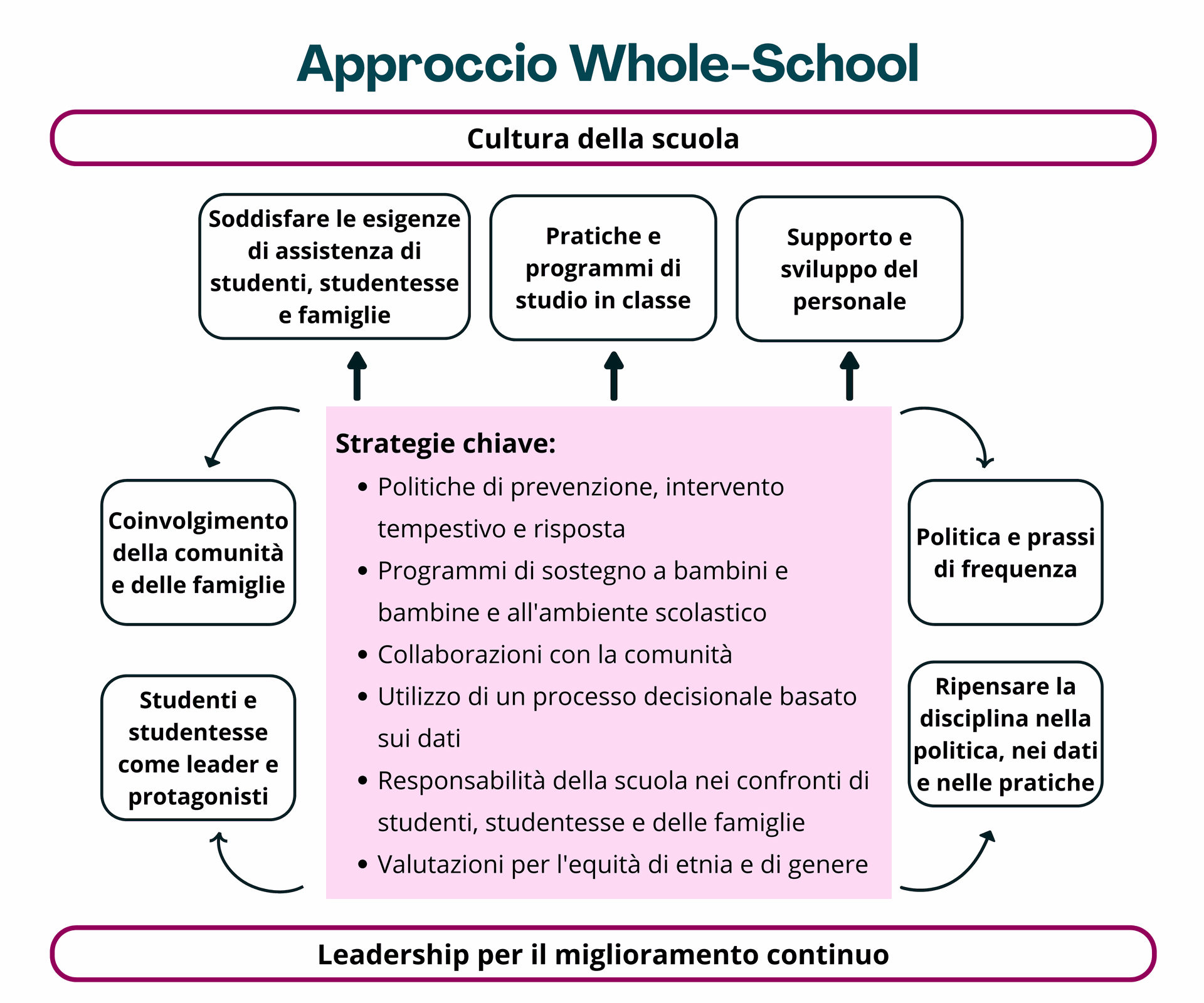
UNESCO’s strategy for Education for Sustainable Development identifies the Whole-School approach as an integrated systemic approach that can simultaneously lead to school improvement, educational innovation, and a meaningful contribution to sustainable development and citizenship (UNESCO, 2021).
In what concerns gender equality, adopting a whole-school approach helps school actors to:
- Examine the part they play in perpetuating or challenging gender stereotypes.
- Equip their pupils to demand a more gender-equal world.
- Better represent women and their achievements in their curriculum and resources.
- Show all genders in non-stereotypical roles.
- Engage parents and carers in these conversations.
- Increase staff awareness and confidence in addressing sexism and stereotyping with pupils, colleagues and parents.
- Create and maintain a safe school environment.
- Engage community, companies and NGO’s in school learning dynamics.
In the video below, you can find an example of a Whole-School approach:
There are no comments for now.
